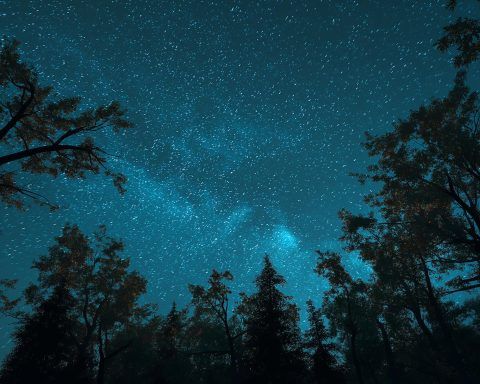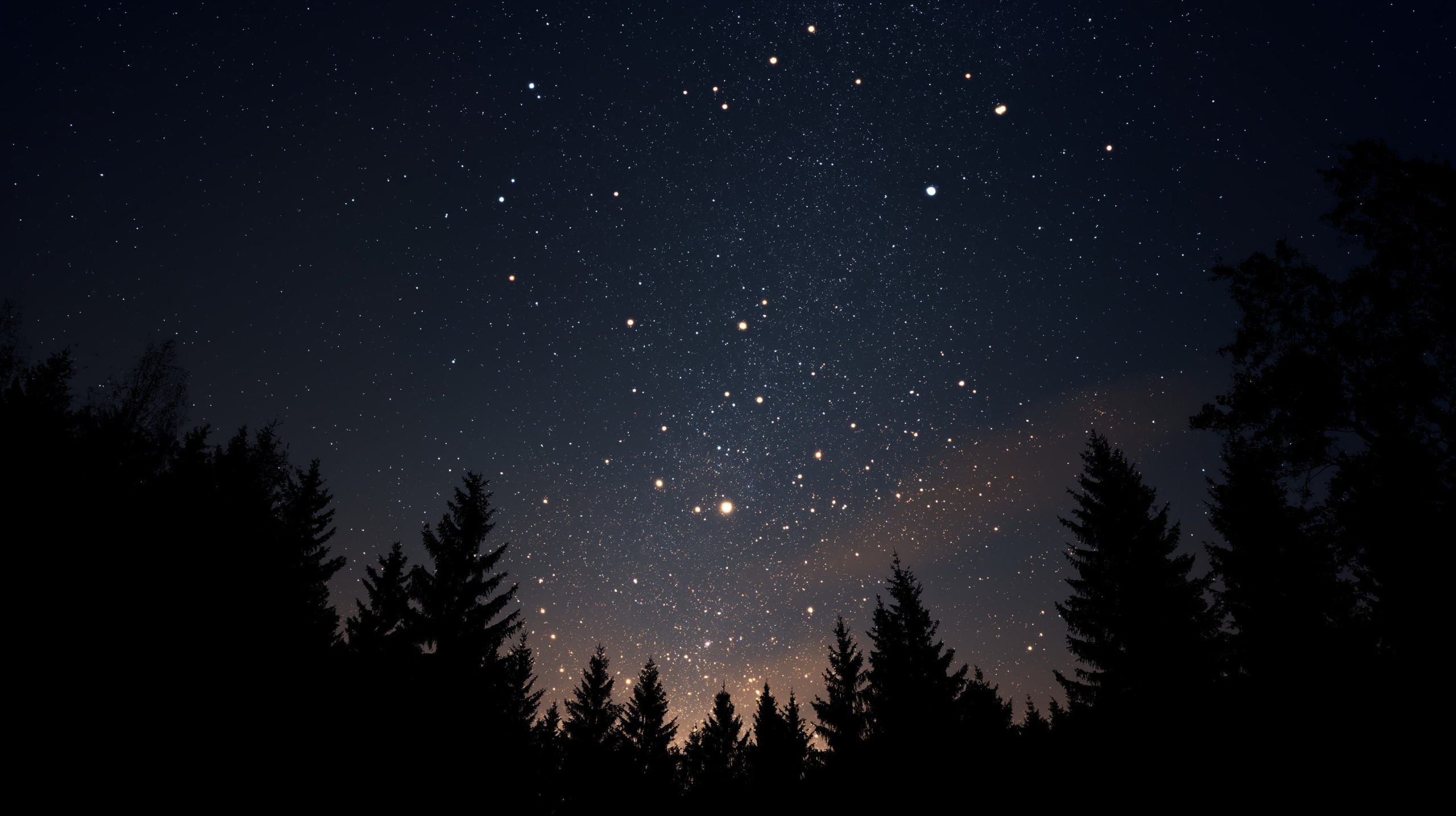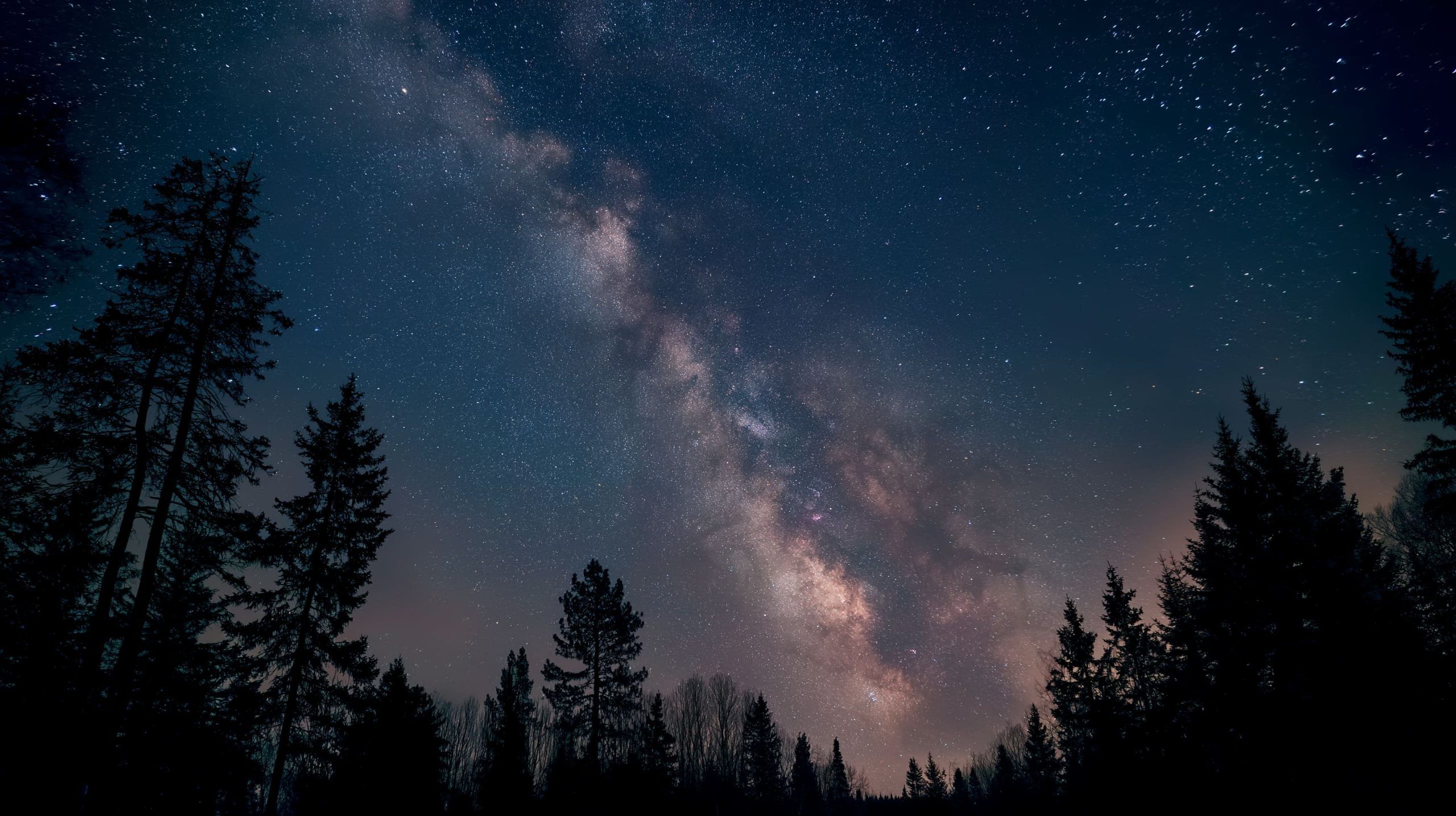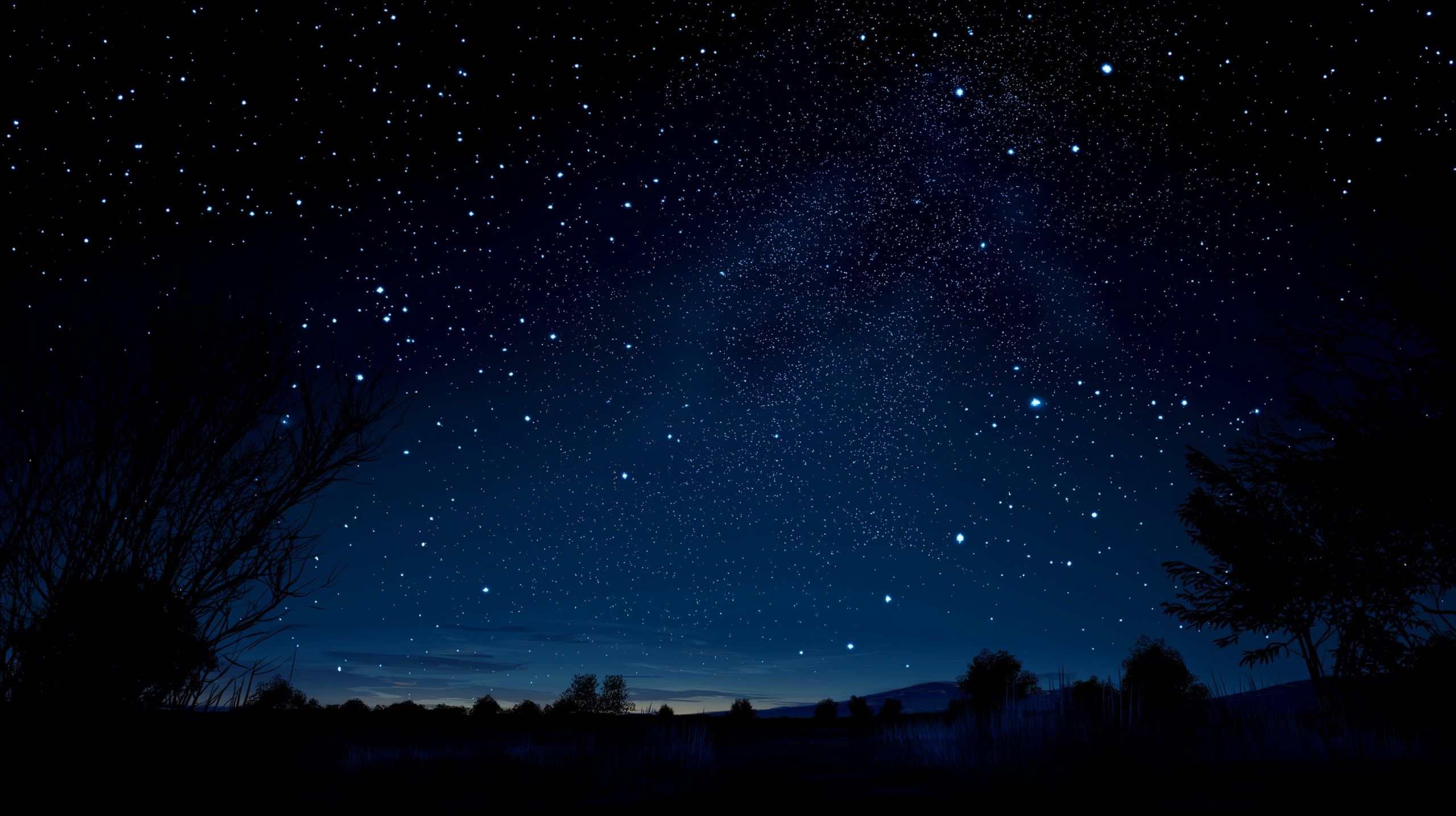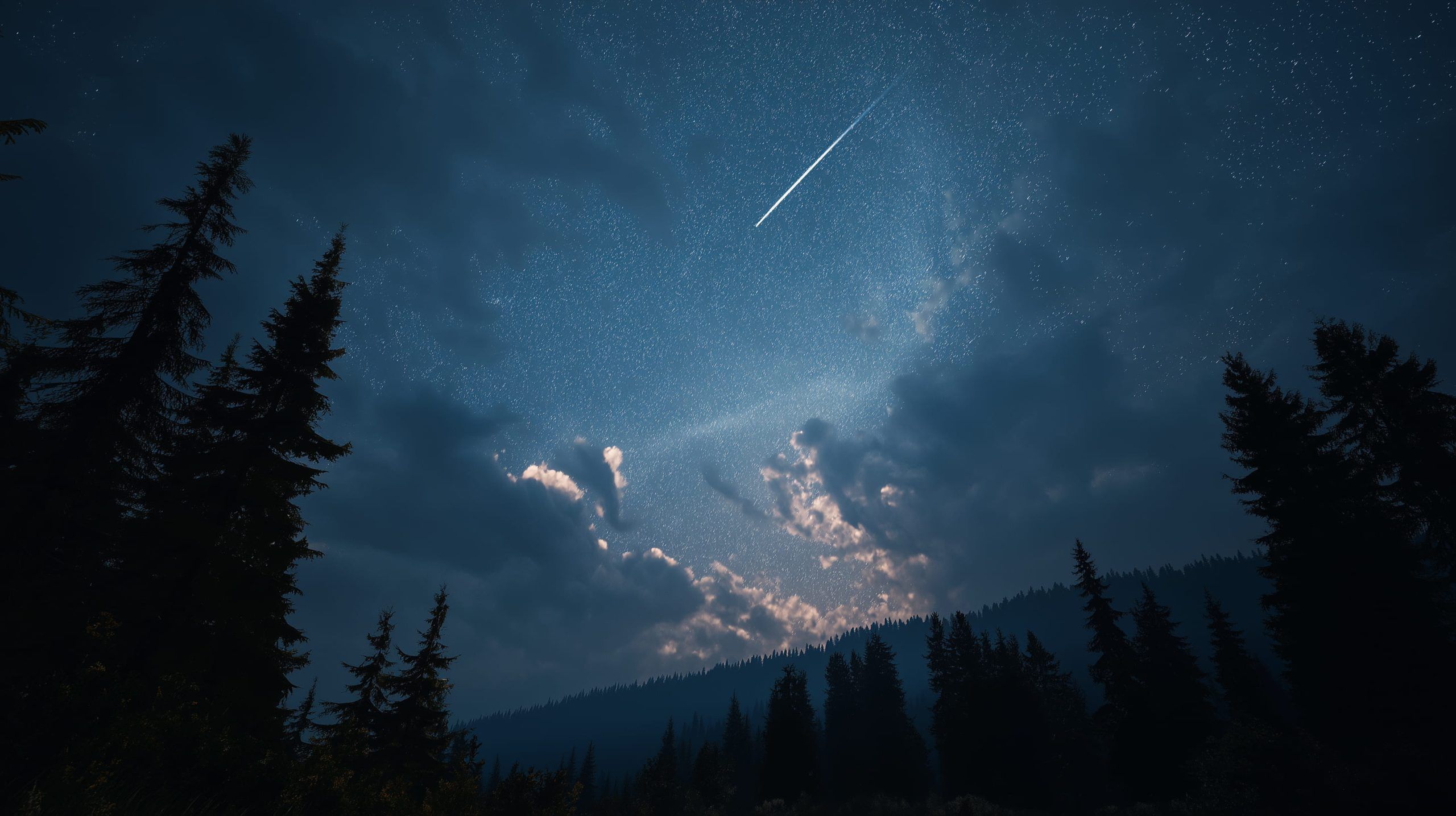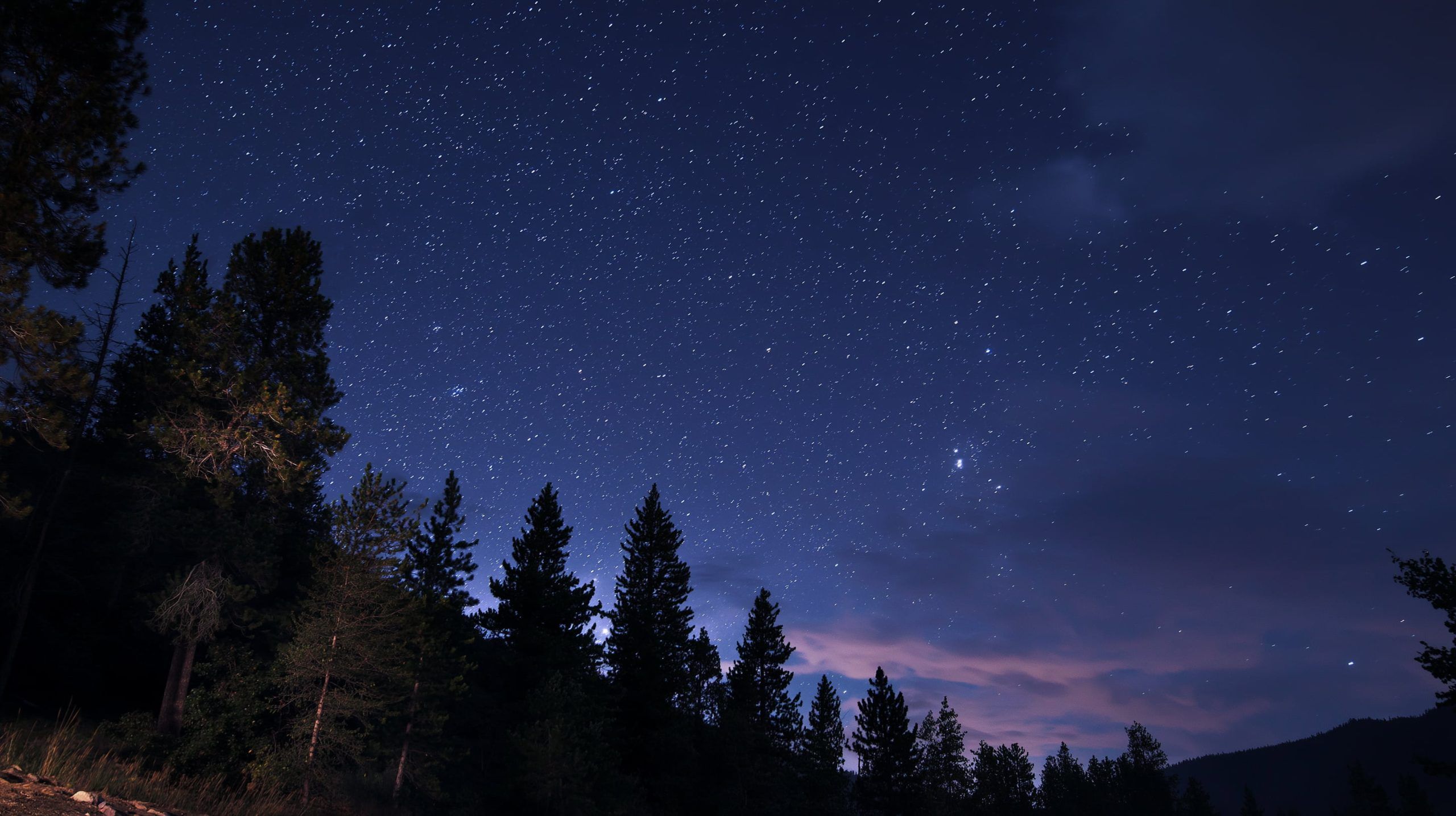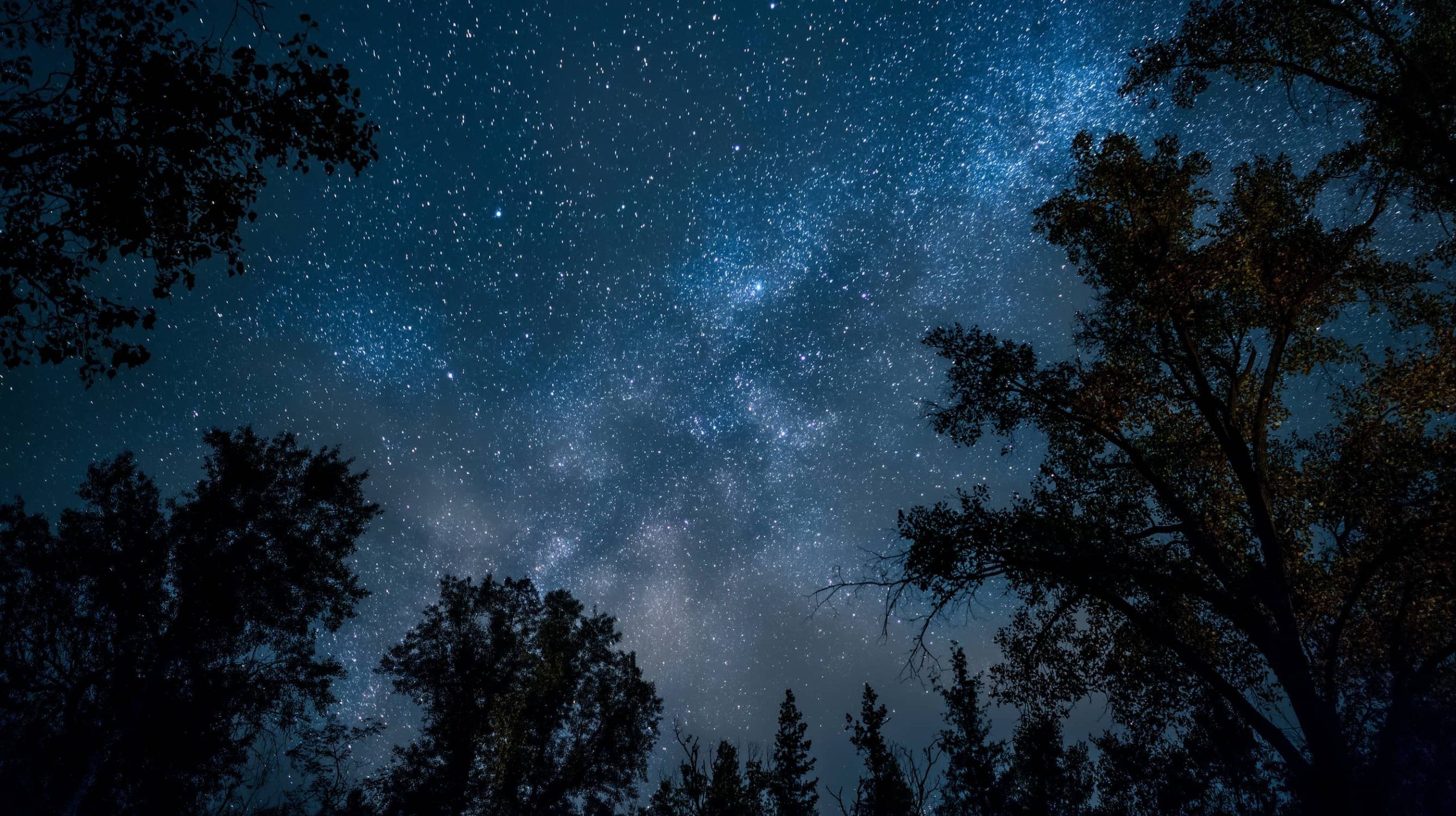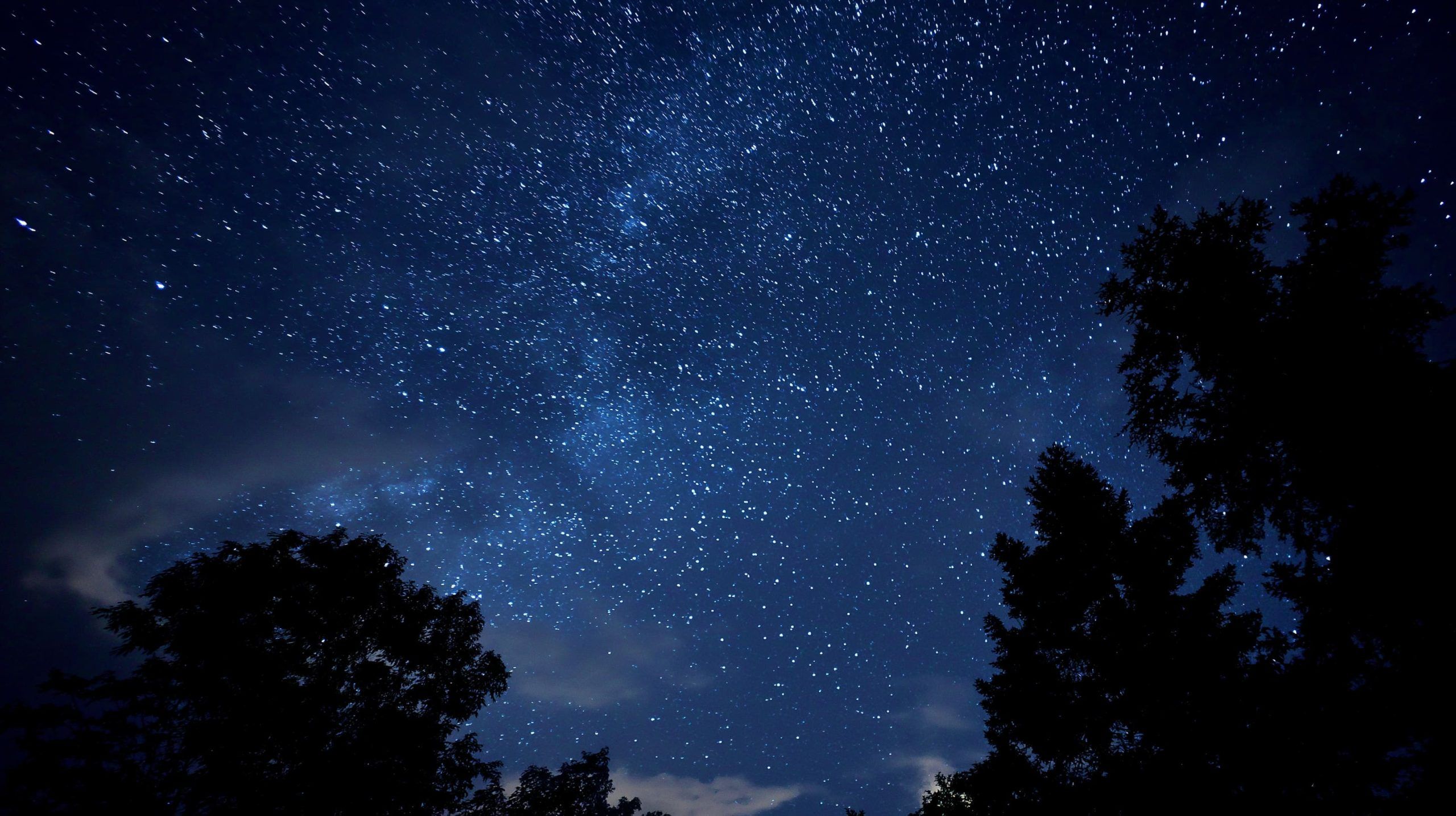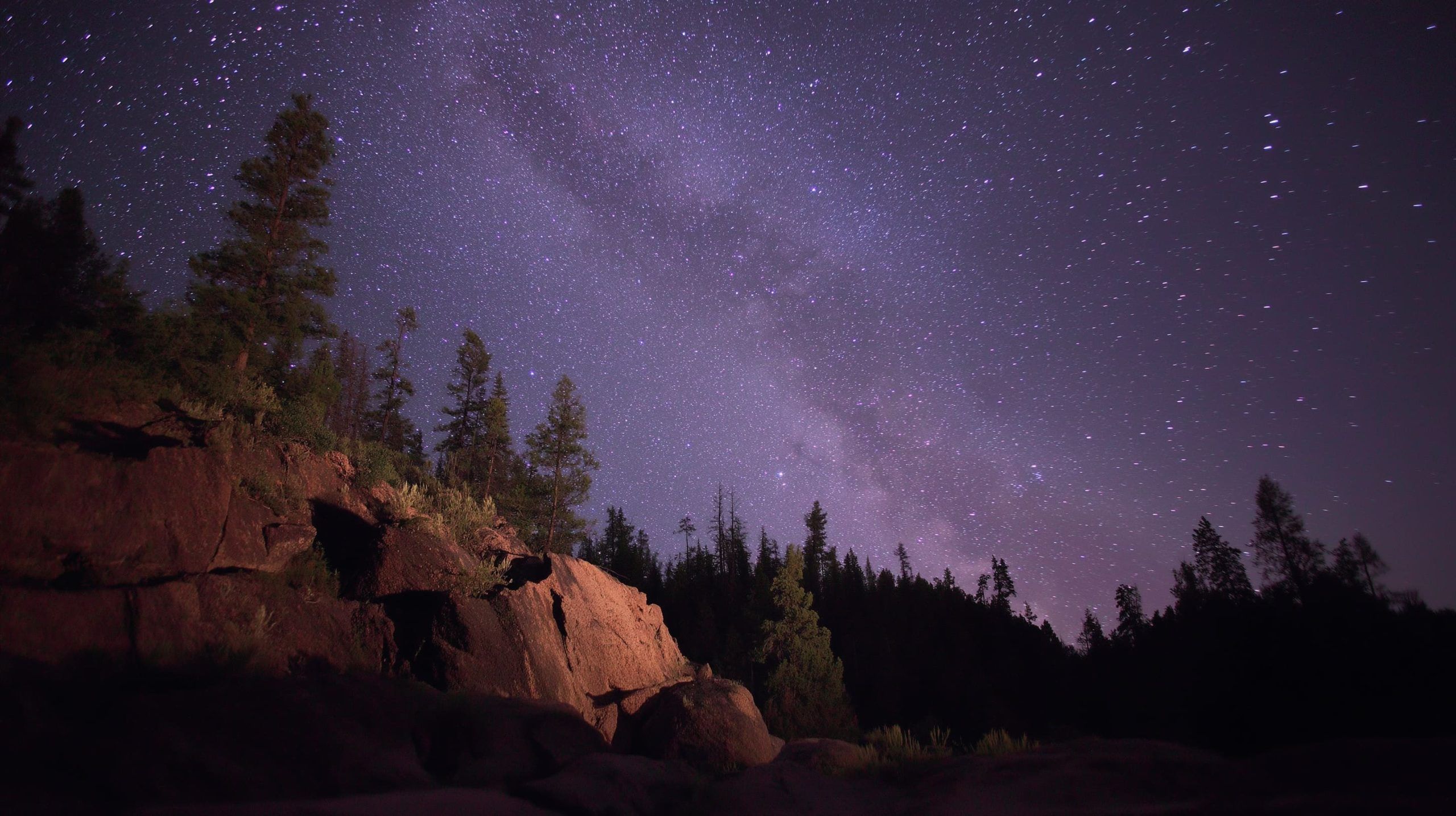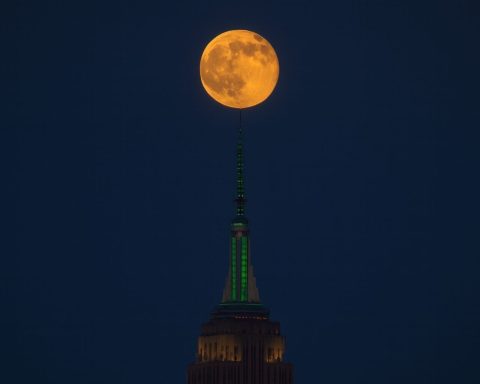
Giant Carrington-Class Sunspot, Geomagnetic Storms and the ‘Cold Supermoon’: What’s Happening in the Sky on December 6, 2025
On Saturday, December 6, 2025, space weather and night-sky fans are watching an unusual mix of cosmic events: Here’s what you need to know now, what’s already happened, and what to watch for over the next couple of nights. A
